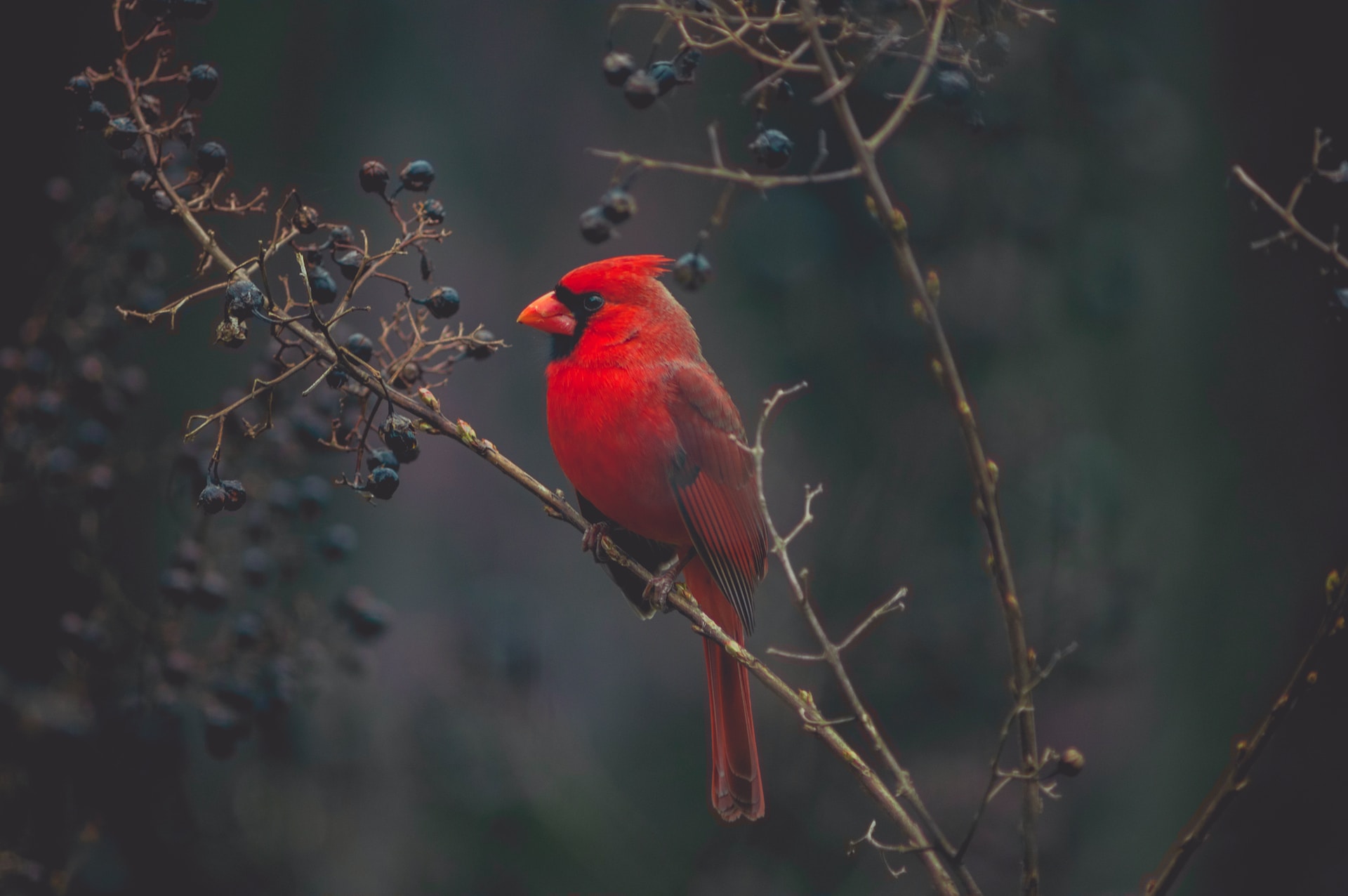Even though they can be found across the United States, from the east coast to parts of the west and everywhere in between, Northern Cardinals, with their vibrant red feathers, bring joy wherever they go. These birds inhabit an extensive portion of North America, stretching from southern Canada down to Mexico, bringing life and color to urban parks, suburban gardens, and rural farmland. With their clear, melodious song, they’re especially cherished by birdwatchers and nature lovers alike. From the dense deciduous forests of North Carolina to the sprawling coniferous landscapes of Arizona, your garden could also become home to these delightful creatures with some thoughtful planning.
Understanding Cardinal Preferences
The Northern Cardinal is a hardy species that thrives in a variety of climates. They’re non-migratory birds, comfortable in cooler conditions, but they thrive in slightly warmer temperatures. They are able to adapt to fluctuating seasonal changes, which is why they can be found residing in the same area throughout the year. PerkyPet suggests that arranging your garden to mimic their natural habitat can encourage these magnificent birds to visit frequently.
Cardinals are known for their affinity for dense shrubbery and other vegetation coverage. They prefer habitats with thickets, hedgerows or a mix of mature trees and shrubs. Cardinals often nest in the dense tangles of shrubs, vine thickets, or other areas where they are safe from predators and have easy access to food.
Better Homes & Gardens states that Northern Cardinals diet primarily consists of fruits, seeds, and insects. Plant an assortment of seed-bearing plants and shrubs, to ensure year-round food. They especially favor sunflower seeds, ferb corn, or crushed peanuts. Remember, a bird’s dietary needs can change seasonally, based on what nutrients they need at various stages of their lifecycle.
Choosing the Right Plants for Cardinals
Choosing the correct plants is an essential task in attracting Cardinals. Native plants are cardinal-friendly and also beneficial to local ecosystems, attracting a variety of insects which cardinals enjoy consuming. They offer the perfect cover and nesting space for these birds, and their seeds, fruits, and nectar serve as a reliable food source.
Planting native flora isn’t just about attracting Cardinals but also about contributing positively to the local ecosystem. These plants provide habitat and nourishment not only for these red beauties but for countless other creatures as well. This encourages a broader diversity of wildlife and ultimately cultivates a healthier, more productive garden.
Detailed plant suggestions for attracting Cardinals include dogwood trees, elderberry shrubs, Virginia creeper, and coneflowers. From blooming perennials to seed-loaded grasses, simply impart a piece of the natural wilderness into your landscape, and watch them come.
Setting up Feeders
Cardinals prefer feeders that are sturdy and stable, generally favoring the platform style. These birds like to settle and feast, so balance should be considered when installing your feeder. As cardinals are medium-sized birds, feeders with ample perching space are crucial to attract them.
The location of these feeders is also vital in attracting these birds. PerkyPet advises hanging them near the sheltering cover of dense trees or shrubs. Simultaneously, they shouldn’t be too close that predators can use them for cover. An optimal combination of feeder location and type will significantly increase your chances of attracting these visitors.
As for fillers, the feeder should ideally be topped with seeds that Cardinals love. Packed with nutrients, black oil sunflower seeds, safflower seeds, and cracked corn are top picks for enticing these delightful birds to visit and stay awhile.
Providing Water and Shelter
Water features in a garden are irresistible attractions for all bird species, and Cardinals are no exception. The melodious sound of trickling water can draw curious Cardinals from distances away! You might consider installing a birdbath, fountain, or even a simple water dish in your garden.
Garden In A City suggests that Cardinals gravitate towards thick, dense plant growth for shelter, particularly evergreens. They provide superb cover from both weather and predators. Consider planting a variety of these secure shelter options in your garden, such as pine trees or spruce. Remember, these birds love their privacy!
Choosing the right location for birdhouses and shelters is also crucial for attracting Cardinals. They tend to favor locations that offer easy access to food and water, but that are also high enough and well-hidden to keep them away from potential threats. Be thoughtful in your placement, ensuring their safety first.
Ensuring Safety from Predators
Predators such as cats and larger predatory birds often threaten a Cardinal’s sense of safety. It’s vital to understand how to protect these songbirds while creating your Cardinal-friendly sanctuary. Consider installing some deterrents for cats and other mammalian predators around your garden, and discourage the presence of predatory birds as much as possible.
It’s advisable to set up your garden in a way that provides escape routes to your winged friends. Space your birdhouses, sheltering shrubs, and feeders cleverly to ensure they are nested in dense foliage, providing the Cardinals ample opportunities to flee and hide at any sign of danger.
Lastly, cleanliness plays an essential role in a bird-friendly garden. Diseases can spread quickly among flocks if birdhouses, feeders, birdbaths, and the surrounding areas are not cleaned regularly. Also, rotting discarded food might attract unwanted pests and predators. Therefore, practicing routine cleanliness and waste management is imperative.

